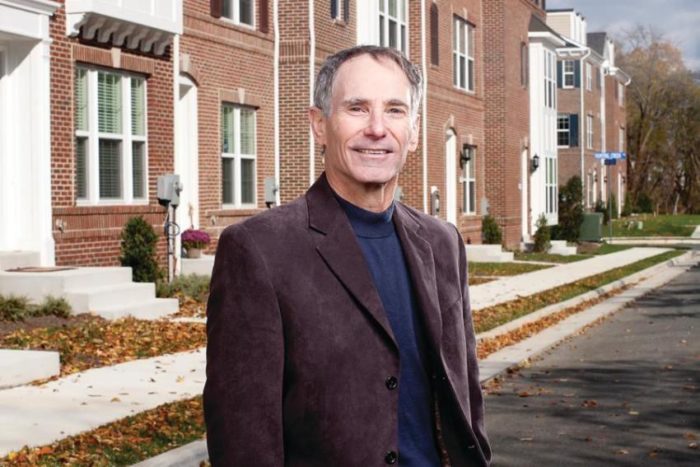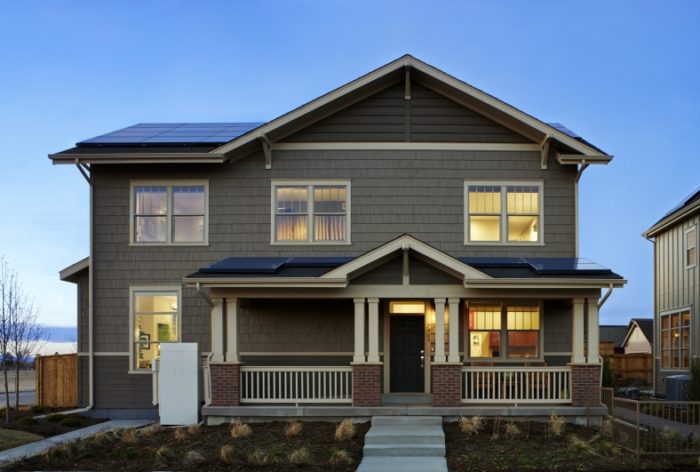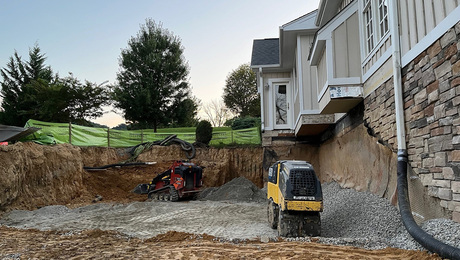Self-Taught MBA: The Rashkin Plan for Higher Profits With High-Performance Housing
Sam Rashkin explains why high-performance builders do better than the rest of us.
Sam Rashkin is a man with a mission, a mission no less ambitious than to change the way American homebuilders conceive, construct, and promote their products. As the father of the Energy Star Certified Homes Program, and now as chief architect of the building technologies office at the United States Department of Energy, his day-job description involves promoting super-energy-efficient construction. As a designer with businessman’s heart, he prefers to call it “high performance.”
Building Ferraris
If you resent increasingly stringent energy codes that now incorporate indoor-air quality and a whole-house, engineered-standards approach to construction, then Sam Rashkin would challenge you to move beyond mediocrity and embrace the trend toward higher building standards. He would convince you by showing you the numbers, gathered over two decades with the Builder’s Challenge and now with the Zero Energy Ready Home program. Sam guarantees that if you build high-performance homes, you will be more profitable.
“If you think only about first costs, and plan to compete with fire-sale homes, you have an old and now-defeated business model,” he told me. Then he fleshed it out with an example: “I’ve been working with builders for the last two decades or so, and I have built long-term relationships with a whole cadre of builders, in different markets, maybe 60 or more, and it’s like a secret club in my mind. These builders each put up about 20 homes a year, and what they experience is near zero callbacks, no marketing expenses, because they have a very loyal following, and they have higher profit margins because their customers know the value of their product.”
Sam was struck by the business angle of high performance. He realized that “high performance” could be an effective message to promote better building standards, in effect, setting a high bar as a standard, in the same way that successful manufacturers not only provide a commodity service, such as transportation, computing, or phone calls, but also establish an aura of exceptionality that defines the marketplace. Think Audi, Apple, and, well … Apple.
Branding Is Bragging
“When I buy a Lexus or a Prius, it does not perform or look like a Toyota Corolla,” says Sam. “High-performance homes, like Ferraris, define an architectural brand. To be successful in marketing high-performance homes, you cannot keep making the same-looking house, but better — it has to have an elite look that brands it as something more desirable. Yeah, it costs a little more, so make it distinctive so that people know it’s something special.”
Sam gets excited when he makes his pitch. “Work with me,” he says, urging builders to join him in the Zero Energy Ready Home program. “Do a few, just 15 to 20 of these high-performance homes, and you will see such a radical change in your profit margins, you’ll be convinced that it’s the strategy for you.”
The Zero Energy Ready Home program is a Department of Energy (DOE) initiative to encourage builders to construct now what we will all be building by 2020 — that is, homes so energy efficient that a renewable-energy system, such as a roof-mounted solar array, can offset all or most of its annual energy consumption.
Sam’s program at DOE goes beyond energy to incorporate just about every high-performance standard, such as indoor-air quality, 300-year durability, and natural-disaster resistance — rigorous requirements that the DOE says will ensure outstanding levels of water and energy savings, comfort, health, and durability. If you partner with the DOE, they will provide plenty of promotional material.
In fact, Sam suggests builders get involved in any and all the builder programs, from Energy Star to LEED for Homes, as a means of marketing by association with established brands that represent high-quality standards, along the lines of “Intel Inside.” Involvement in multiple programs will also ensure a well-rounded approach to construction that will lead to better quality than any single-focus program can.
But keep in mind that while a Ferrari represents high performance, it also represents social status, high design, and economic success, in the same way that a Rolex wristwatch represents much more than a time-keeping instrument. So it pays to partner with an excellent architect who can provide the chic necessary to showcase high style, and not just energy performance. People still want to embody their green, moral values, and long-term financial, energy-saving goals in elegant wrappings.
Sam wrote a book about this, Retooling the U.S. Housing Industry, in which he examines the five critical components of our industry, including land development, design, construction, performance, and sales. Published in 2010, it’s only slighted dated, as Sam is a home-building futurist, so most of us have not yet caught up to his old standards. It’s brief and practical. I recommend it.


To help you sell your product, I also recommend Sam’s book for homebuyers, “How to Avoid the 10 Biggest Mistakes Buying a New Home.” Not that you’ll learn something new as a builder, but this book, inspired by questions from friends and family, is geared to address the most common pitfalls of selecting and negotiating for a new home and will certainly help you in conveying the benefits of your high-performance home over the competition.




























View Comments
Interesting article Fernando. I am looking forward to reading Mr. Rashkin's books. I will be looking for thoughts about a question I don't see addressed here: how do we build for people who can't afford Ferrrari's, especially given that an increasingly large percentage of the population can barely afford a Chevy as we get deeper into the era of income separation with taxation moved from income from capital to income from earnings? Will I find answers in Rashkin's books? I would imagine so; the guy appears interested in social service.